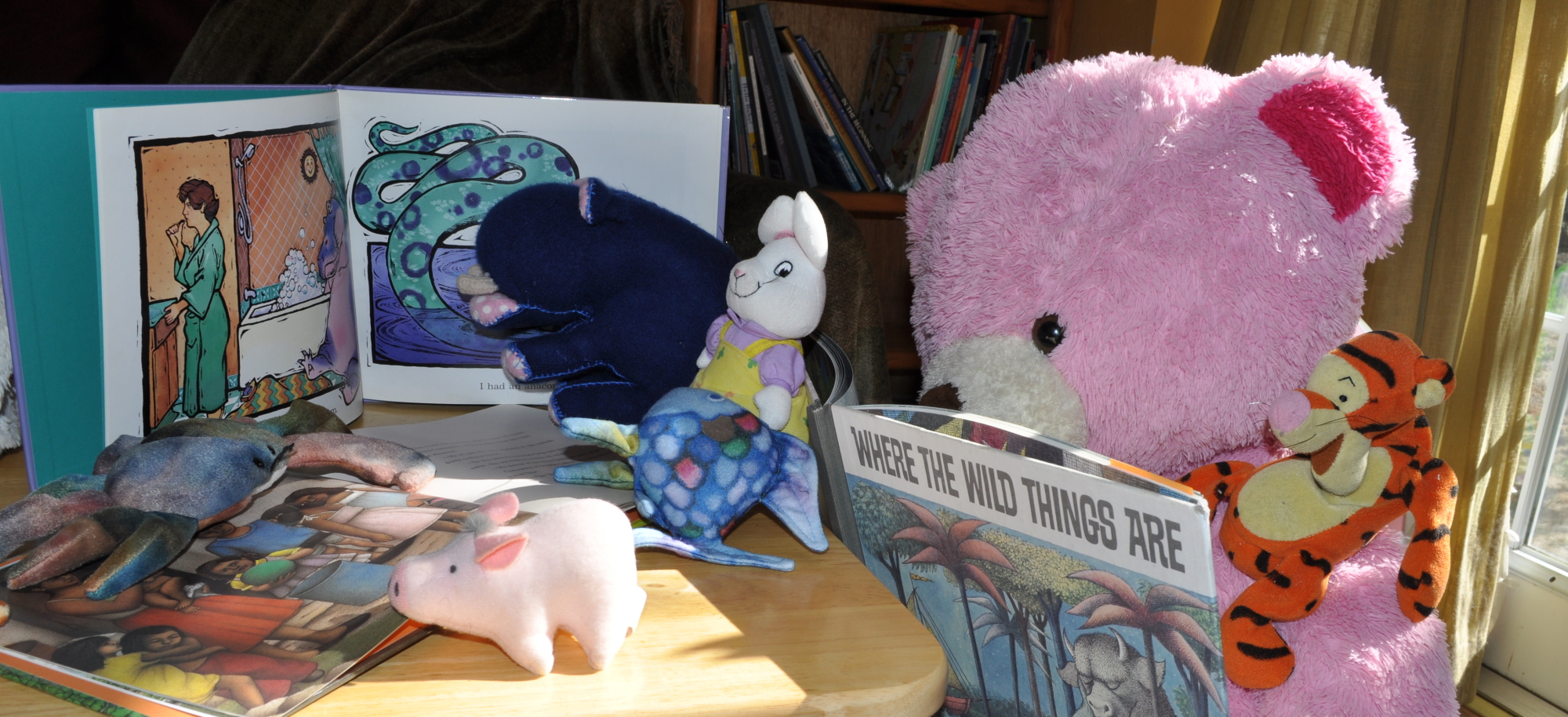
© 2016, Logo by L. M. Quraishi
“Ladies and gentlemen of the jury: During this trial, you will learn about a little girl who had no clue just how important she would become.”
 Ruth Bader Ginsberg: The Case of R. B. G. vs. Inequality, by Jonah Winter, illustrated by Stacy Innerst, Abrams Books for Young Readers, 2017
Ruth Bader Ginsberg: The Case of R. B. G. vs. Inequality, by Jonah Winter, illustrated by Stacy Innerst, Abrams Books for Young Readers, 2017
Jonah Winters presents Ruth Bader Ginsberg’s life story as a case before the court of the next generation, including such memorable details as how she studied in the bathroom at Cornell and wasn’t allowed into the periodical room, as well as chronicling such major accomplishments as her scintillating dissents.
Add this book to your collection because the author does not shy away from igniting readers’ indignation over the “outrageous nonsense” of racial prejudice and sexism in our society, while showing examples of how one can respond positively and proactively to the “disrespect” that happens “right here in America.”
Writers will appreciate this book because the author’s masterful use of thematic court language throughout the book elevates the genre of the picture book biography to a whole new level, e.g. “Here are the facts of her case;” and “We now offer into evidence…Exhibit A…” Superb back matter includes a glossary of legal and rights-related terminology, as well as an author’s note. But this book wins its case by establishing an intimate, authoritative and persuasive tone right from the beginning, exactly as Justice Ginsburg must have done in her landmark cases for women’s rights.
Illustrators will admire Innerst’s evocative use of watercolors to depict characters’ emotions, such as Ruth’s mother’s luminous intellect and determination, her husband Martin’s devotion, and her own implacable righteousness.
Other books by Jonah Winter include:
- Hillary, illus. by Raul Colon
- Lillian’s Right to Vote, illus. by Shane W. Evans
- Jazz Age Josephine, illus. by Marjorie Priceman
- Barack, illus. by AG Ford
- Frida, illus. by Ana Juan
Other books by Stacy Innerst include:
- The Music in George’s Head: George Gershwin Creates Rhapsody in Blue, by Suzanne Slade
- Levi Strauss Gets a Bright Idea, by Tony Johnston
- M is for Music, by Kathleen Krull
“There can be just one verdict: Because she did not give up, because she refused to let other people define her limitations as a person, Ruth Bader Ginsburg has herself become a symbol of justice in America.”







